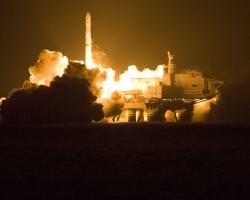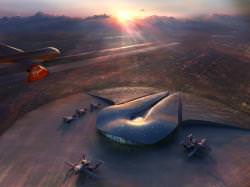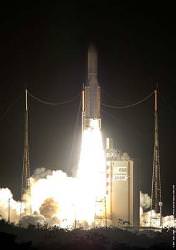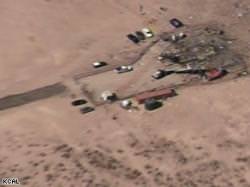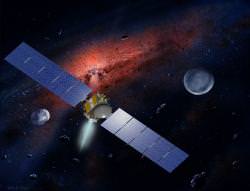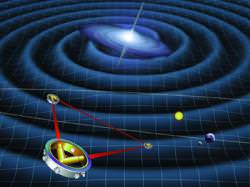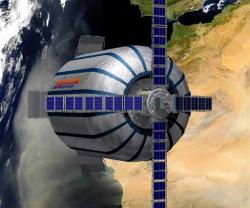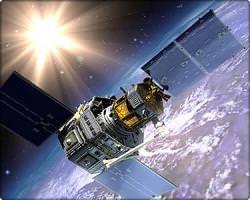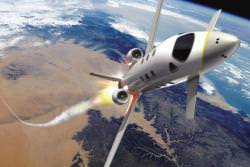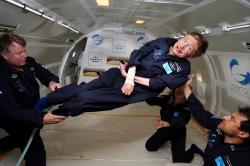After a year of silence, Sea Launch Co. is back in business, inserting a telecommunications satellite into orbit on January 15th. Almost a year ago, a Russian-Ukrainian built Zenit 3SL rocket, launching from the sea-based platform Odyssey, exploded, causing Sea Launch to halt business for the rest of 2007. On Tuesday the company could breath a sigh of relief as they saw the Zenit’s boosters light up the night sky…
It must have been a tough year for Sea Launch after the destruction of one of their rockets, loss of its payload (NSS-8, a Dutch telecommunications satellite) and damage to the launch platform, Odyssey. Sea Launch, a company specializing in commercial launches from a mobile launch pad, spent the last year making repairs to Odyssey (a converted oil rig) so five planned missions could go ahead as scheduled in 2008. The first was a resounding success and all going well, the accident last year wont put a dent in business for the future.
Sea Launch is currently the only sea-based launch company in the world. Launching rockets from a mobile launch platform has many advantages including:
- Equatorial positioning – rockets launched at or near the equator provides a little extra “push” from the rotational velocity of the Earth, saving on energy required to reach orbit (saving fuel and therefore cost).
- Safe location – away from populated areas, surrounded by water.
- Flexible location – not restricted to a site prone to storms or geological instabilities.
There can be some drawbacks with sea-based launches. A launch planned in November 2007 had to be cancelled due to unusually strong ocean currents in the mid-Pacific launch site, so there can be some logistic issues when factoring in not only weather conditions but also ocean conditions. However, this week’s successful launch overcame the troubles of last year’s accident and managed to find calm conditions to send a Thuraya satellite (built by Boeing Satellite Systems International in El Segundo, California) into geosynchronous orbit and improve mobile communication coverage over Asia.
Source: Sea Launch, Space.com

